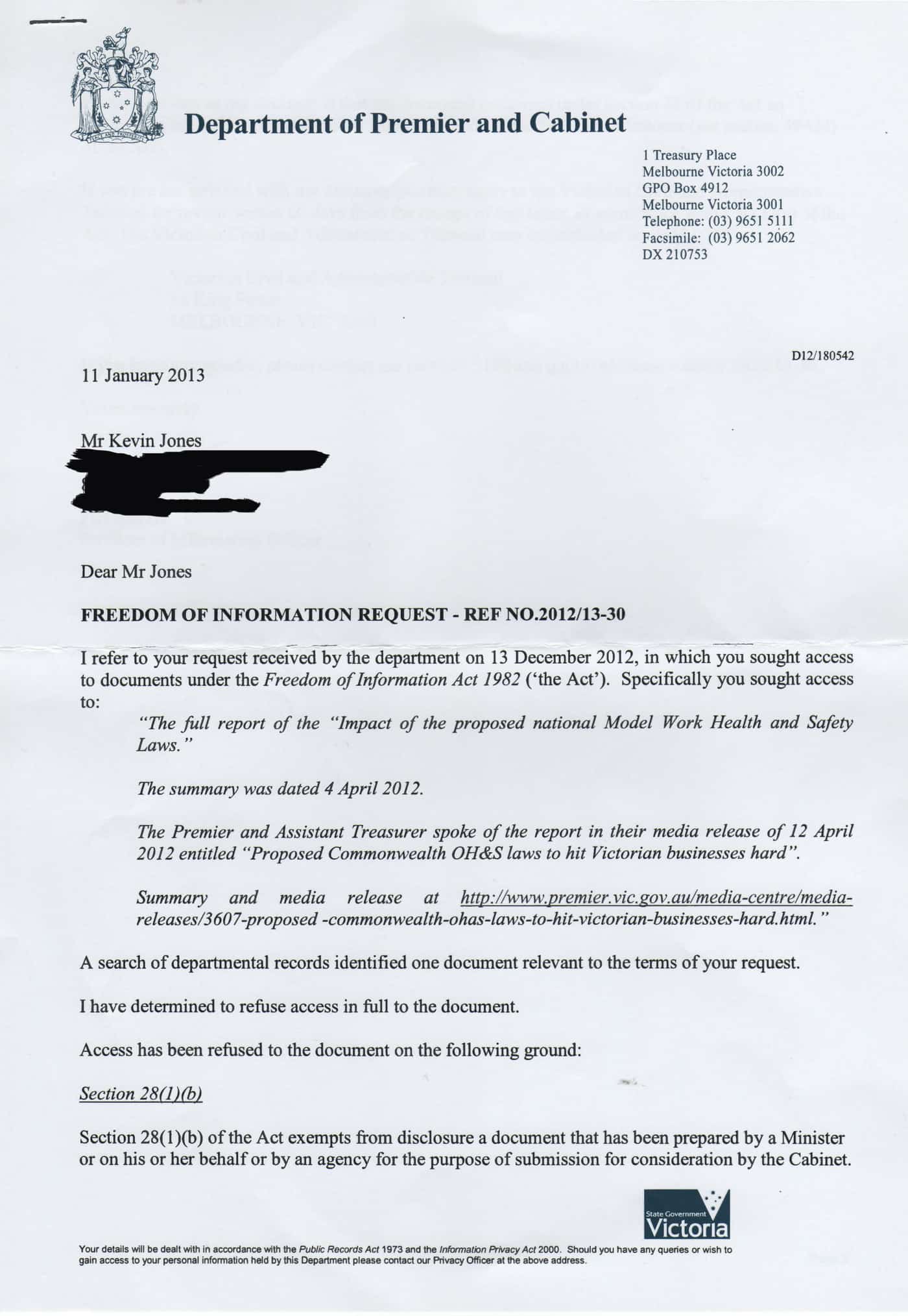The corporate wellness advocates have been able to estimate the return-on-investment (ROI) for their programs but there has been little research on the return-on-prevention, until recently. In 2012 the International Social Security Association (ISSA) determined that, in microeconomic terms,
“…there are benefits resulting from investment in occupational safety and health… with the results offering a Return on Prevention [ROP] ratio of 2.2.”
This means that for every one dollar spent per employee per year the potential return is 2.2 dollars.
The report also found that OHS provides, amongst other benefits:
- Better corporate image
- Increased employee motivation and satisfaction, and
- Prevention of disruptions.
But why bother costing harm prevention when there is already a legislative requirement to provide safe and healthy workplaces? Such a question usually comes from those whose understanding of OHS is principally compliance and who believe compliance equals safety.
The calculation of ROP, in the ISSA report at least, counters the belief that safety is always a cost with no economic benefit to the company. A positive ROP provides an opportunity to actively participate in the economic debate over productivity and, in some countries, austerity.



